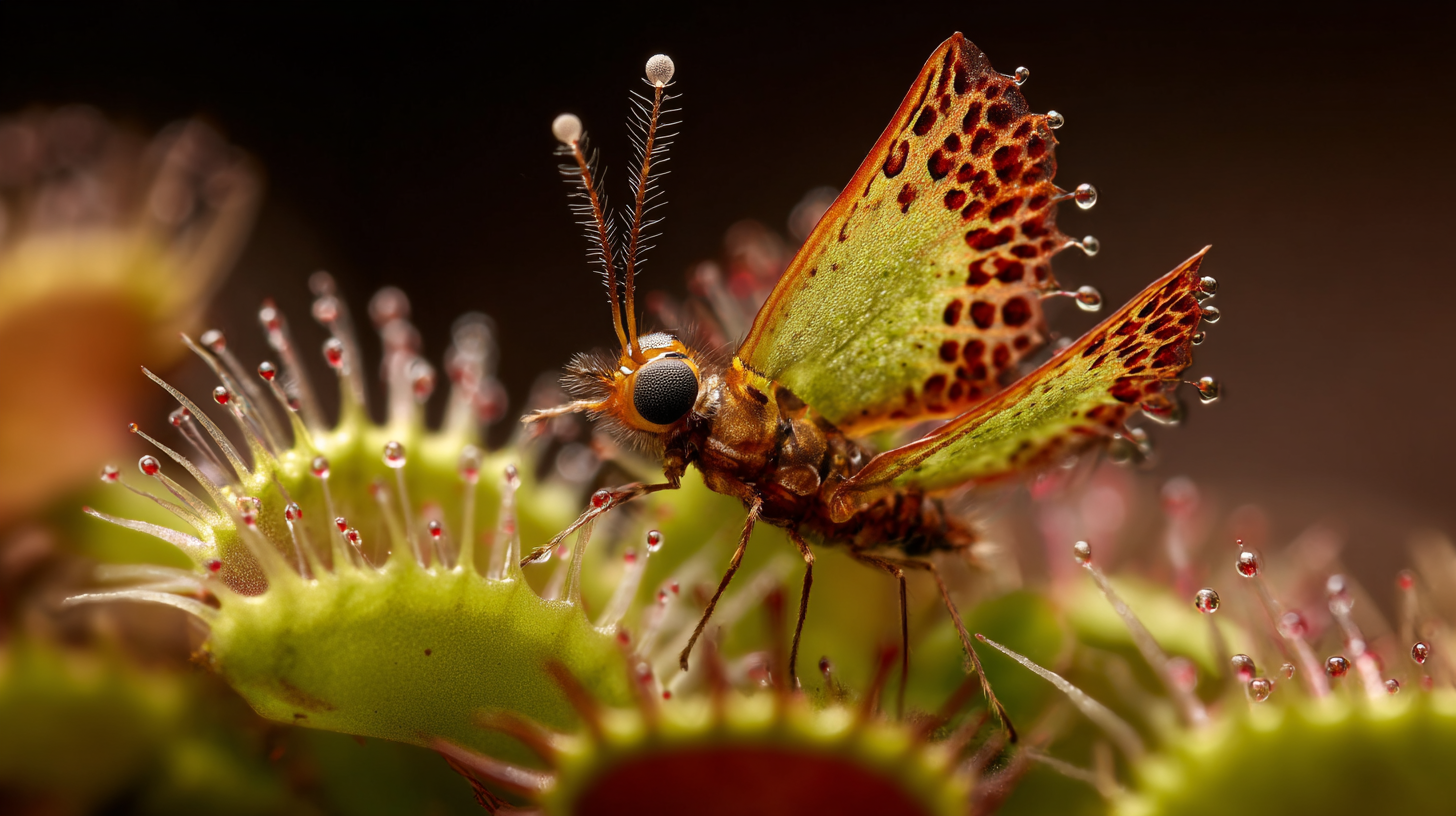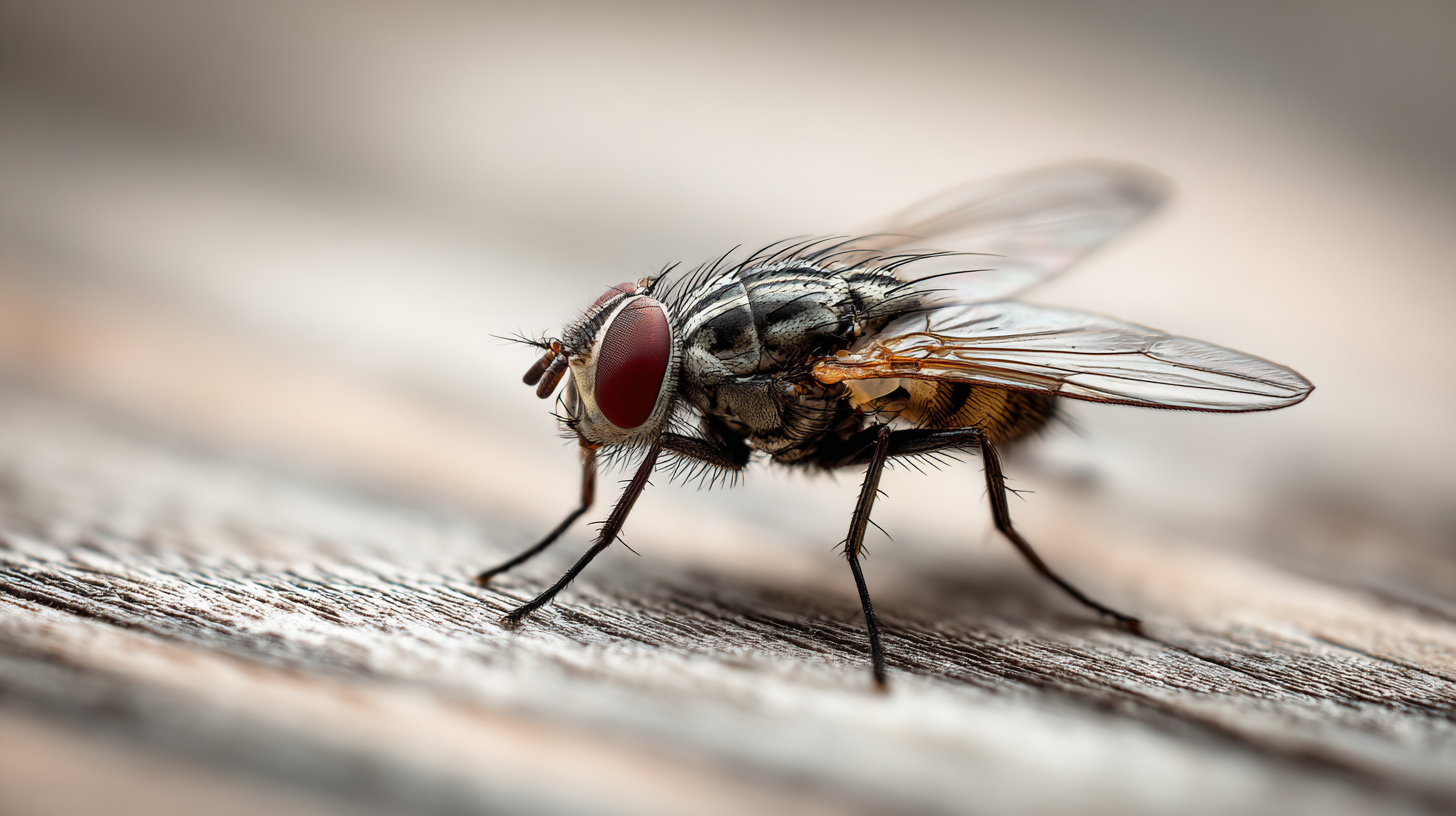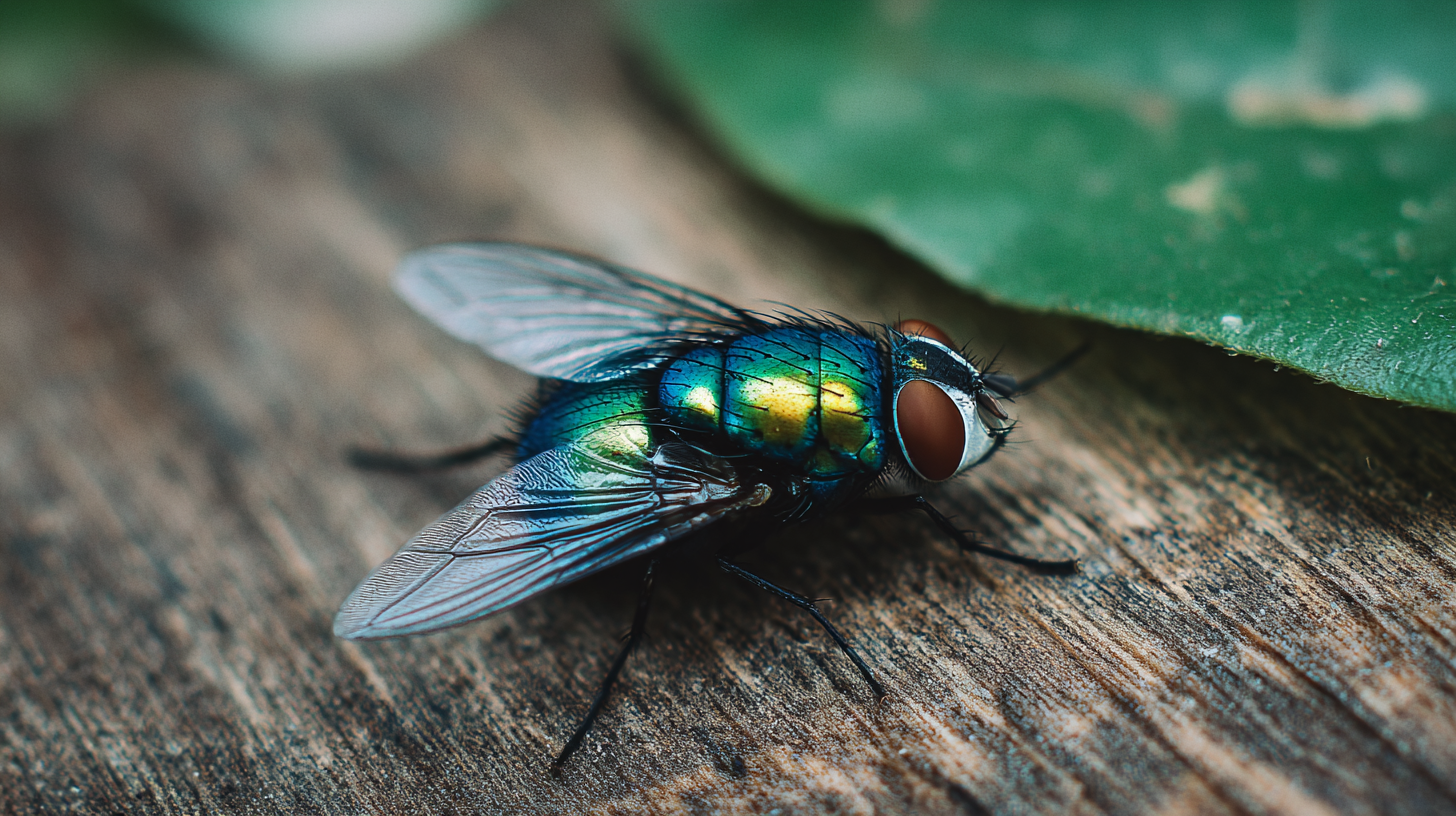
 Bird & Pigeon Pest Control
Bird & Pigeon Pest Control  Mice & Rat Pest Control
Mice & Rat Pest Control  Mole & Vole & Gopher Pest Control
Mole & Vole & Gopher Pest Control  Fly Insect Pest Control
Fly Insect Pest Control  Wasp & Bee Pest Control
Wasp & Bee Pest Control  Moth Pest Control
Moth Pest Control  Mosquito Pest Control
Mosquito Pest Control  Cockroach Pest Control
Cockroach Pest Control  Wildlife Pest Control
Wildlife Pest Control  Snake Pest Control
Snake Pest Control  Bed Bug & Flea Pest Control
Bed Bug & Flea Pest Control  Snail & Slug Pest Control
Snail & Slug Pest Control  Ant & Termites Pest Control
Ant & Termites Pest Control  Spider Pest Control
Spider Pest Control  Other Insect Pest Control
Other Insect Pest Control  Garden Products
Garden Products  Blog
Blog In the battle against pesky insects, fly traps have emerged as an essential tool for households and businesses alike. According to a report by the National Pest Management Association, over 25% of Americans reported problems with flies, highlighting the urgency for effective pest control solutions. The right fly trap can significantly reduce fly populations, ensuring a more comfortable environment and minimizing health risks associated with these pests. However, with the multitude of available options on the market, choosing the best fly trap for your specific needs can be daunting. This blog will unveil seven secret tips to help you navigate the selection process effectively, ensuring you invest in a trap that maximizes efficiency and aligns with your unique requirements.

When selecting the best fly trap for your specific environment, it's essential to understand the various types available and their effectiveness in different settings. For instance, sticky traps are a popular choice for indoor use, as they are discreet and can be placed almost anywhere, effectively capturing flies without the need for chemicals. These traps work by luring flies onto a sticky surface, making them particularly suitable for homes, kitchens, and restaurants where cleanliness is paramount.
On the other hand, UV light traps are ideal for larger spaces, such as commercial establishments or outdoor patios. These traps attract flies using ultraviolet light and then trap them on a sticky surface or electric grid, ensuring a higher capture rate. They are especially effective in environments with high fly populations, as they can cover a larger area and are less obtrusive than other methods. Understanding the unique characteristics and applications of each type of fly trap will help you choose the most effective solution tailored to your specific needs and environment.
When it comes to choosing the best fly trap for your needs, understanding the specific fly species and their attractants is crucial. Certain flies are drawn to different scents and visual cues, so analyzing these factors can help you select the most effective trap. For instance, fruit flies are particularly attracted to the smell of ripe fruits and fermented substances. Incorporating attractants like apple cider vinegar or overripe bananas can significantly improve catch rates for this species.
On the other hand, house flies tend to respond better to food-based baits and protein-rich attractants. Using traps designed for house flies often involves luring them with decaying meat or specialized baits. To optimize your trap’s effectiveness, consider placing it in areas where house flies are frequently seen, such as near garbage bins or compost areas. This strategic placement, combined with the right attractant, can lead to a more successful fly control strategy.
To enhance your fly trapping efforts, always evaluate the specific environment and fly species present. Various traps are available, and pairing them with ideal attractants tailored to the fly species can maximize your success in capturing unwanted pests.

When selecting a fly trap, one crucial factor to consider is the type of attractant used. Ultraviolet (UV) light has been shown to significantly enhance the effectiveness of many fly traps by drawing in flies from a greater distance. The wavelengths emitted by UV light mimic natural sunlight, enticing insects that are otherwise difficult to capture. This process not only increases the trap's reach but also improves the efficiency of fly elimination.
It's essential to evaluate the specifications of a fly trap that utilizes UV light. Some traps boast a special coating or reflective surface that intensifies the UV output, further attracting flies. When choosing a trap, look for models that have adjustable light settings or replaceable bulbs, as this can prolong the trap’s lifespan and functionality. Additionally, combining UV light with other attractants, such as pheromones or food-based lures, can create a multifaceted approach, increasing the likelihood of catching unwanted pests more effectively.
| Trap Type | UV Light Integration | Effective Range (sq. ft.) | Maintenance Level | Price Range ($) |
|---|---|---|---|---|
| Electric Fly Trap | Yes | 400 | Low | 50-100 |
| Sticky Fly Trap | No | 150 | Medium | 15-30 |
| Light Trap | Yes | 500 | Low | 75-150 |
| Fly Bait Trap | No | 200 | High | 20-40 |
| Solar-Powered Trap | Yes | 300 | Medium | 50-120 |
When it comes to fly control in both residential and commercial spaces, safety and non-toxicity should be at the forefront of your decision-making process. Choosing a fly trap that prioritizes these aspects ensures not only the well-being of your family and pets but also creates a healthier environment for your employees and customers. Look for products that utilize natural attractants and trapping methods instead of harsh chemicals. These traps can effectively reduce pest populations while maintaining a non-toxic footprint.
Additionally, consider the placement and type of fly trap best suited for your specific setting. For indoor areas, opt for discreet, enclosed traps that seamlessly blend into the environment without compromising aesthetics or safety. In outdoor settings, opt for traps designed to withstand weather elements while efficiently luring and trapping flies without the use of harmful substances. By focusing on safety and non-toxicity, you can achieve effective fly control while contributing to a more sustainable and responsible approach to pest management.
When it comes to selecting the best fly trap, budget considerations play a crucial role in making an informed decision. The market offers a wide range of options, from inexpensive sticky traps to more advanced electric traps. Understanding the comparative costs helps you assess not just the initial purchase price, but also the ongoing expenses such as maintenance, replacement, and energy consumption. For instance, while a basic fly trap may seem affordable upfront, its limited efficacy could lead to frequent replacements, ultimately driving up costs.

Investing in a quality fly trap can save money in the long run. Higher-end traps might come with a steeper price tag, yet their durability and effectiveness can reduce the need for continuous replacements and offer better pest control. Additionally, consider the features that come with these more expensive models, such as UV lights or pheromone attractants, which can enhance their efficiency. Balancing upfront costs with long-term benefits is key to ensuring that you choose a fly trap that meets your needs without breaking the bank.

